I can't seem to get AutoLayout working on my Table View Cells.
On some cells it seems to work, and on others it seems to not work. Even cells of the exact same kind.
For example, on some cells the Description will be more than 1 lines worth of text and it will work correctly...
...Yet on other cells the Description will be more than 1 lines worth of text but only show 1 line of it with a bunch of empty space.
Can you help me figure out what I'm missing or doing wrong? Thanks!
I'm using this StackOverflow question to guide my process as a first-timer doing this: Using Auto Layout in UITableView for dynamic cell layouts & variable row heights
1. Set Up & Add Constraints
These are working well for the most part I believe.
2. Determine Unique Table View Cell Reuse Identifiers
I'm not totally sure if I need to worry about this part since I will always have a Headline, Time, and Description.
For iOS 8 - Self-Sizing Cells 3. Enable Row Height Estimation
I added this to viewDidLoad:
self.tableView.rowHeight = UITableViewAutomaticDimension;
self.tableView.estimatedRowHeight = 180.0;
UPDATE: Adding more info per Acey request

To be clear, I put constraints:
- Headline: 15 left, 85 top, 15 right
- Vertical Spacing between Headline and Time, of 10
- Vertical Spacing between Time and Description, of 10
- I Cmd clicked all three labels and added Leading Edges and Trailing Edges
- I pinned 20 between Description and the bottom of the Table View Cell
UPDATE 2: Solved Answer below worked really well, but also any extra spacing was due to height set for cell being too large, so Xcode was automatically adding extra space to fill out height of cell since text labels didn't fill out the full height of the Table View Cell.
Let me know if you have any questions or need any help on this if you come across this and have the same problem.
Thanks everyone!